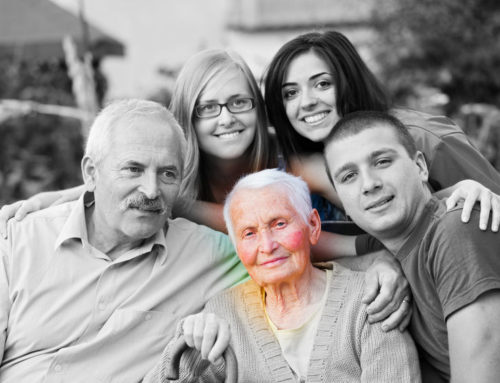As the day wears on into the afternoon and early evening, those with Alzheimer’s disease or dementia often show increased amounts of confusion. This escalation in confusion as the day wears on has been referred to as “sundowning,” and while the exact cause of the phenomenon is unknown, caregivers and professionals have found that fatigue, low-lighting, and increased shadows tend to precipitate it. Furthermore, sundowning tends to occur at the same time everyday, and as such, caregivers can find ways to manage their loved one lives to reduce the daily trend toward increased confusion.
Caregivers may find that they can reduce sundowning simply by making a few changes to their loved ones’ schedules and environments. For instance, to prevent fatigue, you can try giving your loved one some quiet-time to relax away from everyone else or a designated time for a nap. By allowing your loved one to rest and relax in a comfortable environment, you can reduce the likelihood that he or she grows overly confused later in the day. Also, after your loved one’s time of rest or repose, you can make some simple adjustments to his or her surroundings to reduce the confusion shadows and poor lighting may evoke. One way to do this is to make sure your loved one’s environment has plenty of good lighting. By making a few adjustments to your loved one’s schedule and environment, you’re taking steps to improve the qualify of life for both you and your loved one.





